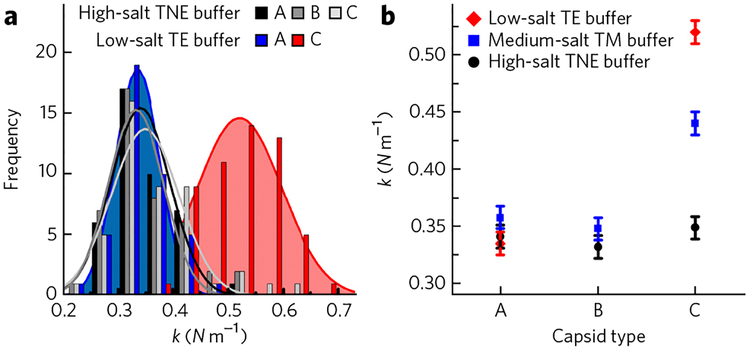Figure 2 |. Effect of cellular ionic conditions on the mobility of encapsidated DNA.
(a) Histograms of spring constants for HSV-1 A-, B- and C-capsids at 24 °C in different buffer conditions. In high-salt TNE buffer (TNE), no difference in spring constants is observed for A-, B- and C-capsids. On the contrary, in low-salt TE buffer, the spring constant of C-capsids is much larger compared to that of the A-capsids. (b) Spring constants for HSV-1 A-, B- and C-capsids in different ionic conditions. Forty to sixty force-distance curves were analyzed for each case. The Gaussian curve fitting to the distribution of the spring constants yields the s.d., which is converted to the s.e. The error bars show the s.e.

